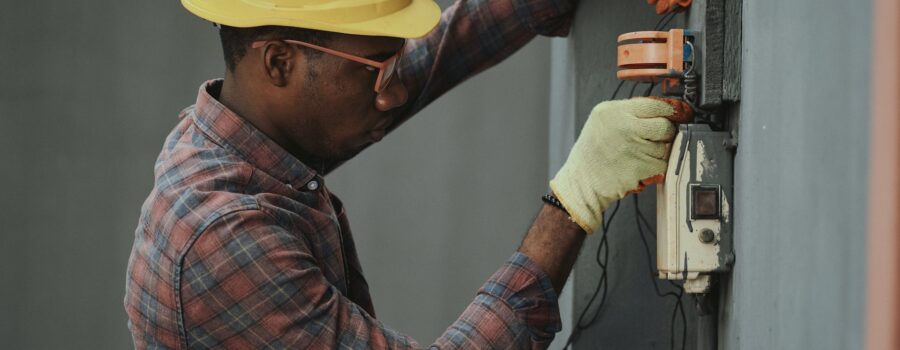
A Guide to the California Mechanical Code
The California Building Standards Commission recognizes the California Mechanical Code, which exists as part of the Title 24 regulations and is designed to make sure that all heating, ventilation, and cooling systems are handled properly.
The goal of this code is to make sure that the public welfare, health, and safety are protected when it comes to all mechanical systems and appliances that can be installed in homes, the primary of which include HVAC systems. Public health is protected by addressing safety concerns pertaining to hazards and fire in the built environment.
The provisions that are detailed in this code apply to the alteration, enlargement, construction, use and occupancy, maintenance, and repair of any structure or building in California. Before you begin developing a building of any king, you should understand what the California Mechanical Code entails. This guide offers a thorough overview of this code and what it means for your next project.
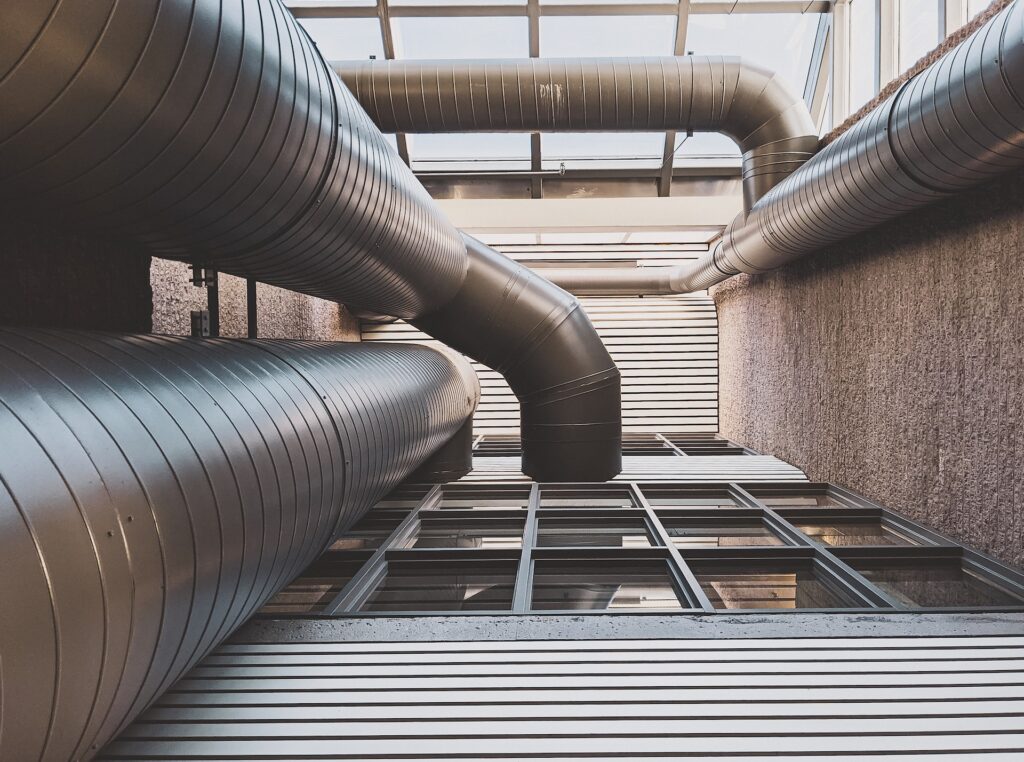
What is the California Mechanical Code?
The California Mechanical Code is an essential aspect of the Building Standards that the Commission recognized in 2016. It’s derived primarily from the Uniform Mechanical Code and is now Part 4 in Title 24. The Title 24 document is a comprehensive set of building codes designed to help developers meet safety guidelines in California buildings. This particular portion of the code centers around the management and installation of HVAC systems. Provisions for the latest technological advancements are often placed in this code.
Why is the California Mechanical Code Important?
The California Mechanical Code is important because it contains the laws and codes that facilitate the construction of every structure and building in California. Without these guidelines, mistakes might be made during the installation and maintenance of HVAC units, which could put public safety at risk.
What Does the California Mechanical Code Cover?
These building codes set standards that are meant to help managers, installers, and designers apply and maintain the written law. The standards are set to establish that various mechanical appliances, technologies, and assemblies are safe and efficient. The many parts of the California Mechanical Code include everything from ventilation air and exhaust systems to combustion air and chimneys.

General Regulations
The provisions that are listed in this code apply to all HVAC systems that are installed in any structure or building within California. This portion of the California Mechanical Code goes into more detail about what information the document will cover.
Ventilation Air
This chapter provides the requirements that must be maintained for makeup air, ventilation air supply, and exhaust. These provisions must be followed for every space in a building that can be occupied. Any air filter installed in the system will need to meet the requirements listed in Part 12 of Title 24.
The air filters used in mechanically ventilated buildings must have a Minimum Efficient Reporting Value (MERV) of at least 13. These filters need to be installed before occupancy. An exception to the MERV requirements is available for all existing mechanical equipment.

Exhaust Systems
This chapter provides requirements for commercial hoods, kitchen ventilation, product-conveying systems, and environmental air ducts. It’s separated into two sections for easy readability. An example of a subject that’s covered in this chapter involves exhaust opening protection. All exhaust openings that lead to the outdoors must be covered with a screen that’s resistant to corrosion.
Duct Systems
Duct systems involve the portions of an HVAC system that the contaminated indoor air moves through before it’s filtered and released into the home. The ducts and plenums that are part of an HVAC system must adhere with the requirements in this chapter. Keep in mind that the duct sizing calculations aren’t necessary for existing systems.
Combustion Air
The combustion air chapter applies to the ventilation, dilution, and combustion of flue gases for any appliances installed in a California building. This provision doesn’t apply to any direct-vent appliances in a home. The same is true of most clothes dryers that use makeup air.
Chimneys and Vents
The requirements listed in this chapter govern how fuel-burning appliances are vented. These guidelines apply to all medium-heat and low-heat gas appliances. Any other gas appliance must be vented with the NFPA 211 guidelines. Appliances that are fueled by something other than gas must be vented according to NFPA 211 guidelines as well.
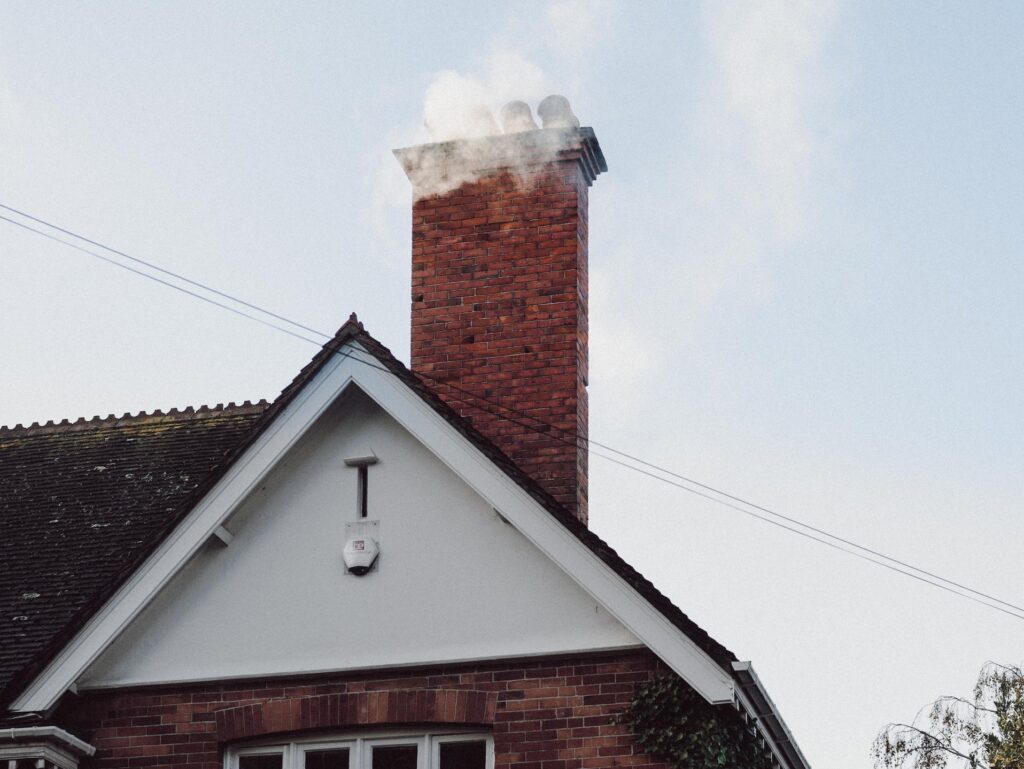
Installation of Specific Appliances
The main purpose of this chapter is to provide guidelines for nonindustrial appliances. These appliances must be installed according to the instructions provided by the manufacturer or any additional requirements detailed in this chapter. If an appliance is unlisted, it must still be installed according to this section of the California Mechanical code.
Boilers and Pressure Vessels
All requirements in this chapter apply to the installation, repair, alteration, construction, and operation of pressure vessels and boilers. Any low-pressure boilers need to comply with this chapter as well as Section 904.0. Some exceptions include:
- Potable water heaters with a capacity of less than 120 gallons and a heat input of lower than 200,000 British Thermal Units (BTUs)
- Pressure vessels that are used for unheated water supply
- Portable pressure vessels that haven’t been fired
- Containers for bulk oxygen, medical gas, or liquefied petroleum gases that are officially regulated with the fire code
- Pressure vessels that are used in refrigeration units
- Non-fired pressure vessels in factory, hazardous, mercantile, business, storage, or residential settings with a volume of less than five cubic feet
- Any pressure vessel or boiler that must be regularly inspected by federal inspectors
- Pressure tanks that are combined with power cables, coaxial cables, or telephone cables
Refrigeration
The first part of this chapter outlines requirements for the construction, design, and installation of refrigeration systems, piping, and equipment. Safety devices, pressure vessels, part replacements, and alterations are also regulated. In the second part, you can learn more about the guidelines for the construction and installation of cooling towers.
Hydronics
This chapter applies to all hydronic piping systems that are part of HVAC systems. These piping systems handle chilled water, steam, condenser water, steam condensate, and hot water.
The regulations that are listed in this chapter govern the location, construction, and installation of a hydronic piping system. Any surface that’s within reach of a building occupant must not go above 140 degrees Fahrenheit. All forms of insulation and coverings must come with a flame-spread index that’s not higher than 25. The smoke-developed index can’t be higher than 50.
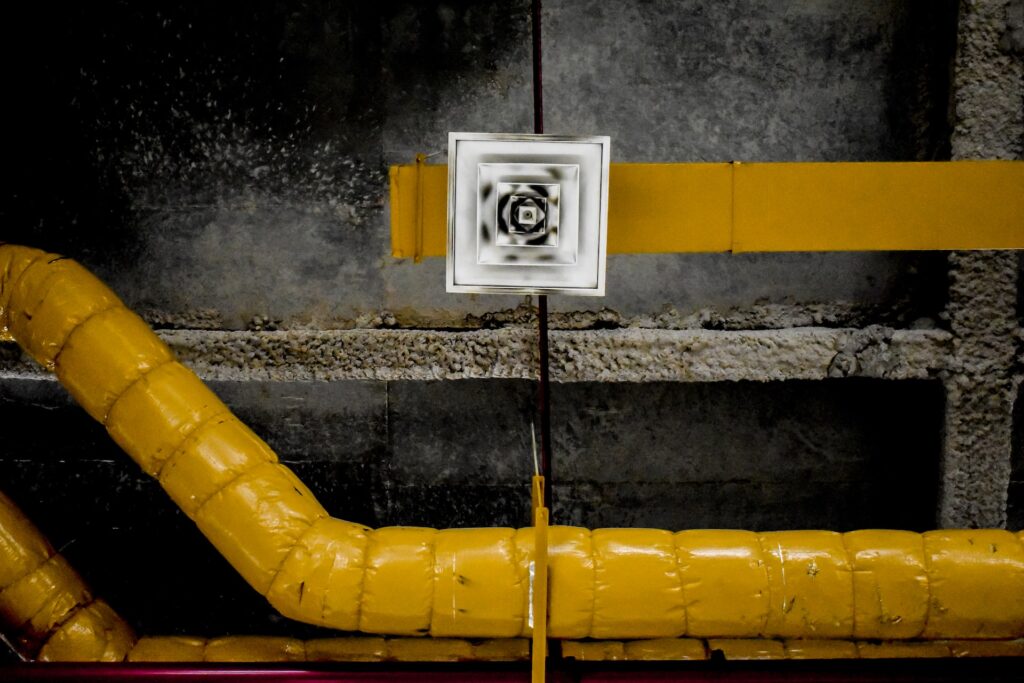
Fuel Gas Piping
The guidelines and regulations in this chapter govern how fuel gas piping is installed in or nearby a structure, building, or property line. The maximum force for these devices is five pounds per square inch with natural gas and 10 pounds per square inch with undiluted propane.
Process Piping
Unless referenced in another area of this code, this chapter is designed to govern how process piping is installed in a structure or building that’s found on the premises. Material piping cannot be installed, repaired, or altered without obtaining a permit beforehand. A permit gives you a better idea of the number of outlets that each system requires.
Solar Energy Systems
This chapter recommends that jurisdictions in California adopt the guidelines and requirements that have been provided in the Uniform Solar Energy and Hydronics Code (USEHC). You’ll need to take these guidelines into account before constructing a home or building that’s set to be outfitted with a solar energy system.
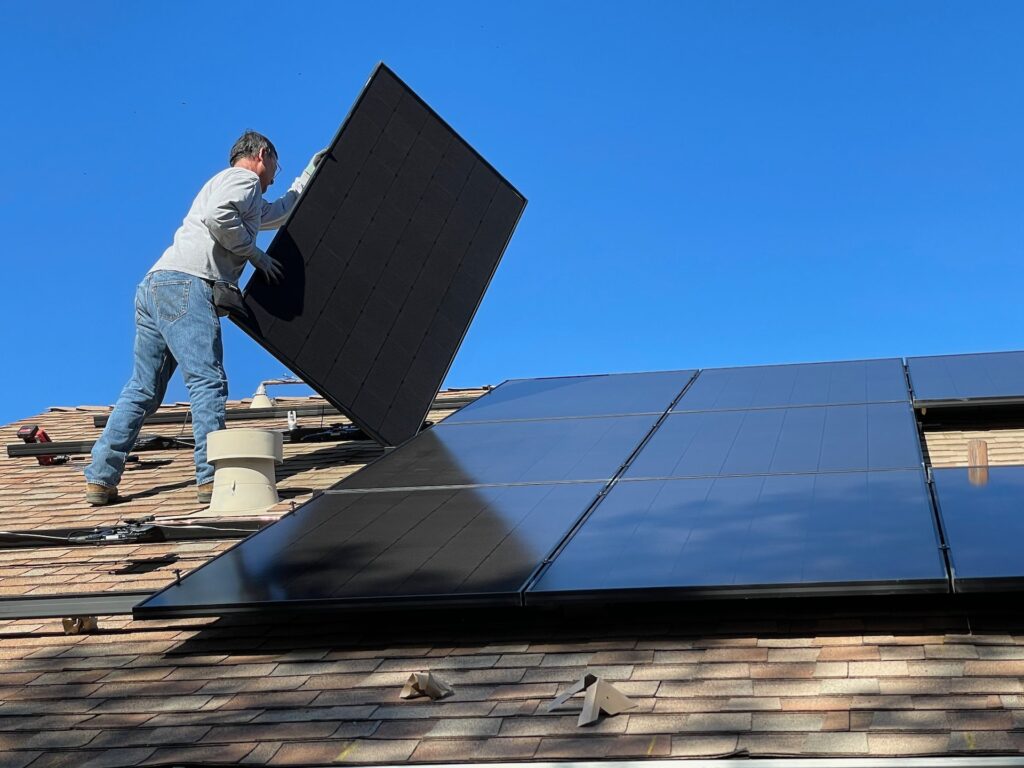
Stationary Power Plants
This chapter provides requirements for all stationary fuel-cell power plants in California. Any power plants that have a power output of lower than 50 kW need to be installed according to manufacturer instructions. Power plants that have a power output of more than 50 kW need to be installed according to NFPA 853.
Guidelines have also been included for stationary generators and gas engines. These engines must conform to the rules in NFPA 37. A stationary gas engine can’t be rigidly connected directly to gas supply piping. Stationary engine generators need to be tested according to UL standard 2200. However, installation of these generators will occur based on NFPA 37.
Why Choose Crest?
Here at Crest, we provide our clients with comprehensive permit expediting services. Before you submit a permit application, we’ll make sure that it includes all of the necessary documentation and that your building plans or project details adhere to the latest building codes and regulations.
Any regulation mistake that occurs during the application process can further delay approval and increase the likelihood that your application is rejected. We’ll help you navigate permit obstacles and answer any regulation-related questions that regulators have.

Jason Somers, President & Founder of Crest Real Estate
With over 15 years of professional experience in the Los Angeles luxury real estate market, Jason Somers has the background, judgement and track record to provide an unparalleled level of real estate services. His widespread knowledge helps clients identify and acquire income producing properties and value-ad development opportunities.
Learn more about Jason Somers or contact us.



